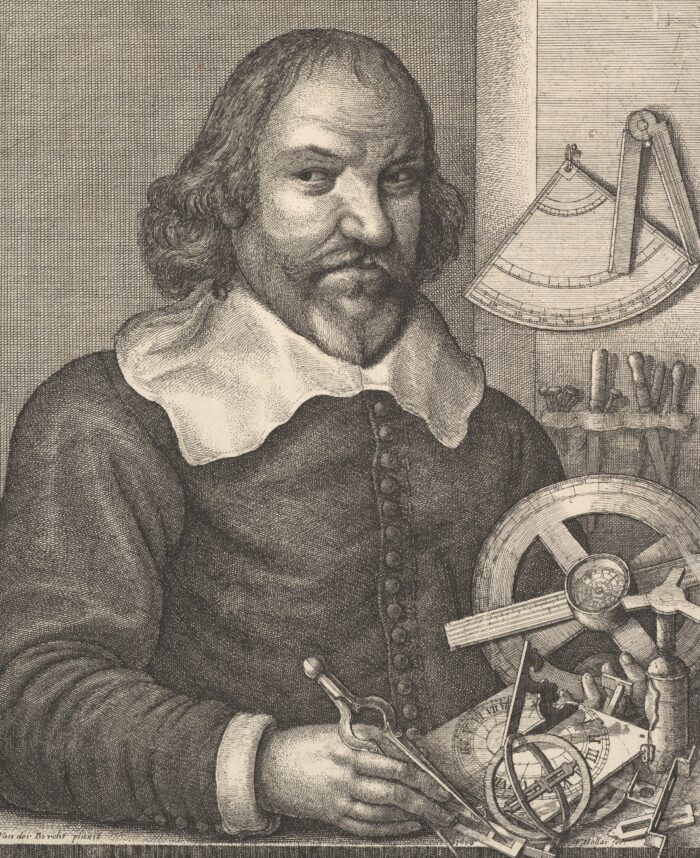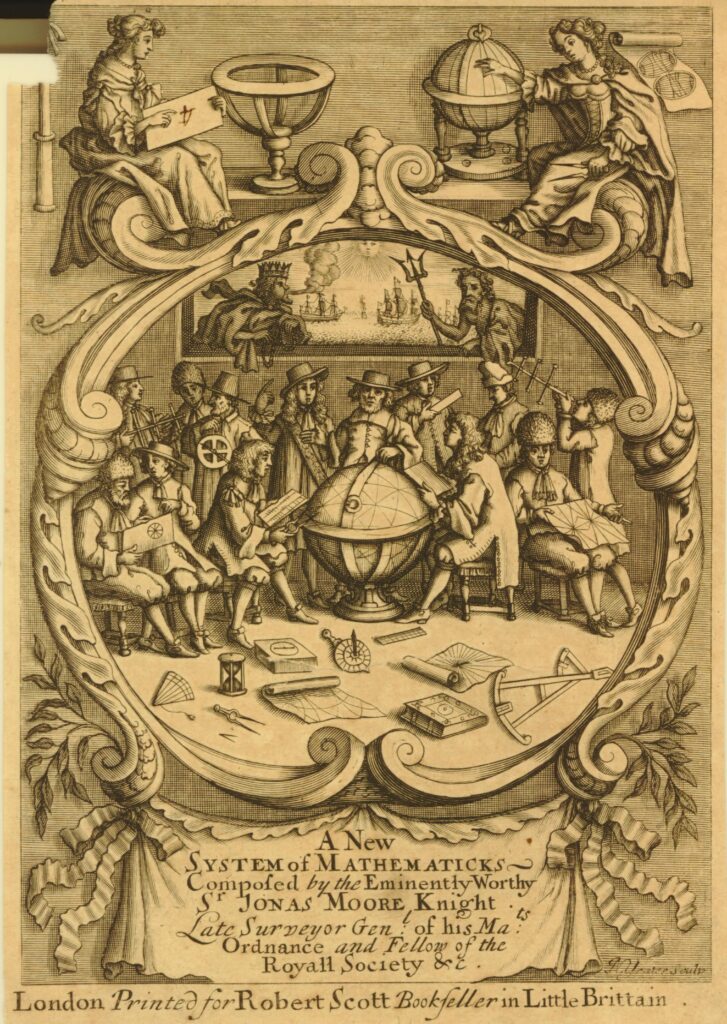Read the stories of four that either survived or succumbed to the flames, and how they reemerged from the ruins.

Map-makers, merchants, sailors and surveyors needed state-of-the-art instruments, including compasses for direction, hourglasses for time, and sextants for position. But there were many more types of precision instruments, such as astrolabes, scales, sundials, quadrants and nocturnals. These were being developed and used for all sorts of measuring, whether surveying land, navigating a ship, finding a gun target or studying the stars and planets. Trade and travel saw the market for mathematical instruments grow and the number of makers flourished steadily through the late-16th and 17th centuries.

While England was somewhat slower than its European neighbours, London makers during this period came to be some of the very best at their craft. Specialist craftsmen were at the forefront of technology and innovation. Their workshops were hives of industry and invention. But successful businesses also made their premises places for showcasing the range of their stock, making sales, discussing ideas with clients and other makers, and hosting demonstrations of the new instruments.
Portrait of Elias Allen by Wenceslaus Hollar, 1666, The Met, The Elisha Whittelsey Collection, The Elisha Whittelsey Fund, 1949. Elias Allen (c.1588-1653) was one of the foremost mathematical instruments makers of the 17th century. He created the first slide rule and made instruments for James I and Charles I.


Makers could be found in all areas of the City, from St Paul’s to the Royal Exchange, and Tower Hill to Leadenhall. As it was close to the river though, the parish of St Botolph’s had a ready market for navigational aids, compasses, telescopes, slide rules and other devices. John Bellinger, a mathematical instrument maker, was based here. He started his career as apprentice to Robert Starr in the Guild of Stationers and Clockmakers, for there was not yet a livery company for this craft. John traded from his shop in Crowne Court for 35 years, and was succeeded by his son and grandson. One of the tools they made was a nocturnal for telling the time at night using the stars.
See a backstaff created by John Bellinger at Royal Museums Greenwich.


As well as being an architect, Sir Christopher Wren had a wide range of interests that included practical mathematics, natural science and astronomy. As a Professor at Gresham College and Oxford University, he lectured on topics such as Saturn, spheres and navigation. He was even described by Isaac Newton as ‘one of the foremost geometers of this age’. All of these interests, as well as his academic work, relied on precision measurements, specialist mathematical instruments and developing new technology. Wren even designed instruments of his own, including telescopes to study Saturn, and a perspectograph, a drawing machine, which he had made by instrument-maker Anthony Thompson.

Read the stories of four that either survived or succumbed to the flames, and how they reemerged from the ruins.
Keep up to date with the latest news ...